Asia and the Pacific
Recent Activity
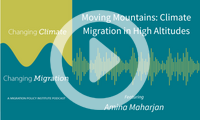
This episode of Changing Climate, Changing Migration speaks with Amina Maharjan from the International Centre for Integrated Mountain Development about the unique climate migration issues that are witnessed in mountain regions.
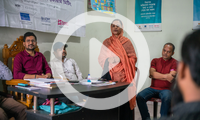
This webinar explores the goals and target audiences for public-facing information campaigns on voluntary return and reintegration, how to evaluate dissemination gaps, and the risks associated with inadvertently issuing messages that are not trusted or are misunderstood.
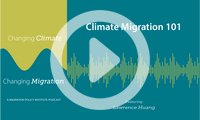
Climate migration sounds simple. It is not. MPI’s Lawrence Huang answers some of the most common questions around one of the least understood dynamics in human movement.
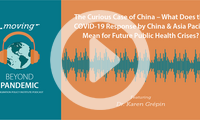
MPI's Lawrence Huang discusses COVID-19 mobility restrictions in China and the Asia Pacific—and what this all means for future public health crises—with Dr. Karen Grépin, a health policy professor at the University of Hong Kong.
Marking the launch of MPI’s Global Skills and Talent Initiative, this webcast features senior policymakers and other experts discussing the extent to which labor market needs should shape future immigration policy decisions, and how countries are adjusting—and could adjust—their immigration systems to meet human capital and competitiveness needs.
Pages
Recent Activity
Some of the strictest COVID-19 pandemic-era limits on human mobility occurred in the Asia Pacific region. Border closures started in East and Southeast Asia in early 2020 and quickly spread through the entire region, in some cases remaining in place for more than two years. This report examines the approaches countries took and reflects on the immense costs and benefits of using border measures to tackle public-health risks.


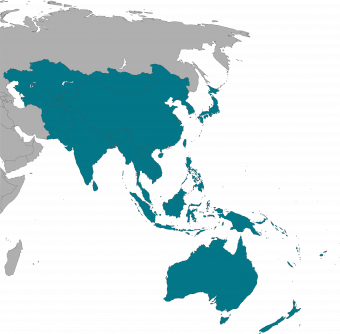

















The International Community Must Develop a Well-Coordinated Protection Strategy for Afghan Refugees
The Rocky Road to a Mobile World after COVID-19
A Race Against the Clock: Meeting Seasonal Labor Needs in the Age of COVID-19
The Field of Migration Studies Loses a Giant: Graeme Hugo
The Lampedusa Tragedy Prompts the Question: Does the UN Have Any Impact on the World’s Migrants?